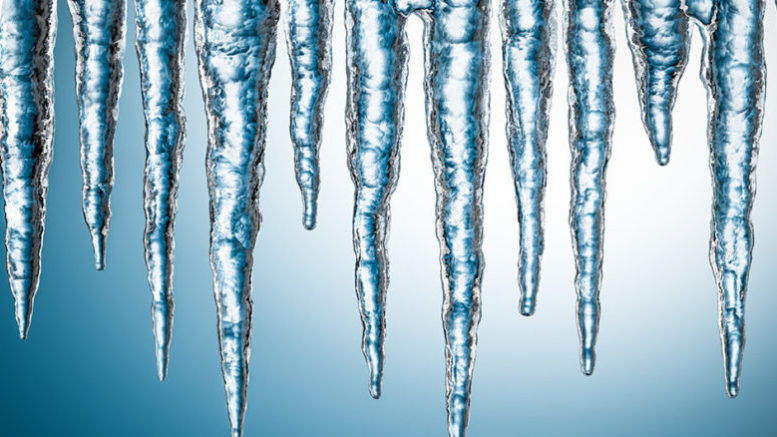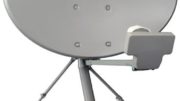This time of year is brutal on your outdoor equipment. As the thermometer drops and winter storms come in, your cables will come under the kind of attack that can be devastating to any home theater. Did you ever stop to think why that is?
Cables should be able to take the cold
Actually most cables survive just find through the cold part of the year. Eventually though, they do have problems. It’s probably possible to make cables that could last 100 winters without having problems. After all we have buried undersea cables that have lasted decades. Why should you worry about cables you just put in a few years ago?
Mostly it’s a matter of cost. People are not willing to pay for something that will last decades. It would require more engineering and more materials than most people can budget for. After all, even the average homeowner only stays in one place for 5-8 years. Why think that far into the future?
Here’s what kills them: water
The culprit in almost any cable disaster is water. Water is the enemy of electronics. Somewhat ironic since it’s one of the critical building blocks of life. You would think that tech and non-tech could find a way to get along better. It’s actually quite the opposite, for several reasons.
Water is more conductive than air
This is one of the things that makes water essential for life, yet it’s one of the things that kills consumer electronics. Take water and add just a tiny pinch of salt and you have an excellent way to get electricity from one point to another. This is an essential way that life works. That’s right, we humans run on electric current as well. All life does. It’s not a lot of current though, compared to most electronic devices.
When water hits circuit boards, it changes the path that the electricity takes from one place to another. If the water creates a shorter path, then there is literally a “short circuit” and something doesn’t work right. This could lead to boards and components being destroyed.
Liquid water is denser than solid water
You already knew this. Fill up an ice tray to the top and you’ll see that when it freezes, the ice spills over the sides. As water gets colder, its ability to hold air dissolved in it drops. When water freezes, the air separates from the water and forms bubbles. Again, I’m not telling you anything you don’t know.
The inside of a cable is always a little moist. The air itself always has some water dissolved in it, so there’s water inside the cables too. Not a lot, just a little. But let that water freeze and it will expand and take up more room. This can destroy the delicate white dielectric foam inside the cable, or create gaps in the connection. Enough water can even break copper cables. When the water becomes liquid again, the damage doesn’t heal itself. It’s there and gets worse every year. This is literally how things like the Grand Canyon get formed, and it’s how your cables get messed up after the winter
Water promotes oxidation
Because water is better at conducting electricity, it’s also better at causing oxidation. This is also something you know if you think about it. Leave something made of iron in the rain and it will get rusty faster than something you brought inside. Water doesn’t cause rust, but what it does is fairly close. It allows ions to flow more easily than air. That’s another way of saying it conducts electricity. That allows oxygen in the air to mix with iron, copper, aluminum, or other metals. This is what makes iron into rust. It also makes copper turn green. Copper oxide doesn’t allow signals to pass as well as plain copper does, so a little bit of green can kill a cable.
Check and replace your cables as soon as it warms up
I’m a nut about safety. I’m not going to tell you to climb up on a ladder this time of year. However, I am going to tell you that as soon as it’s safe, you need to check all your outdoor equipment including cables. Even if you’ve only had one hard freeze this year, it still pays to do it. Look for any damage anywhere, and if you see anything that needs to be replaced, replace it with genuine cables from SolidSignal.com.





